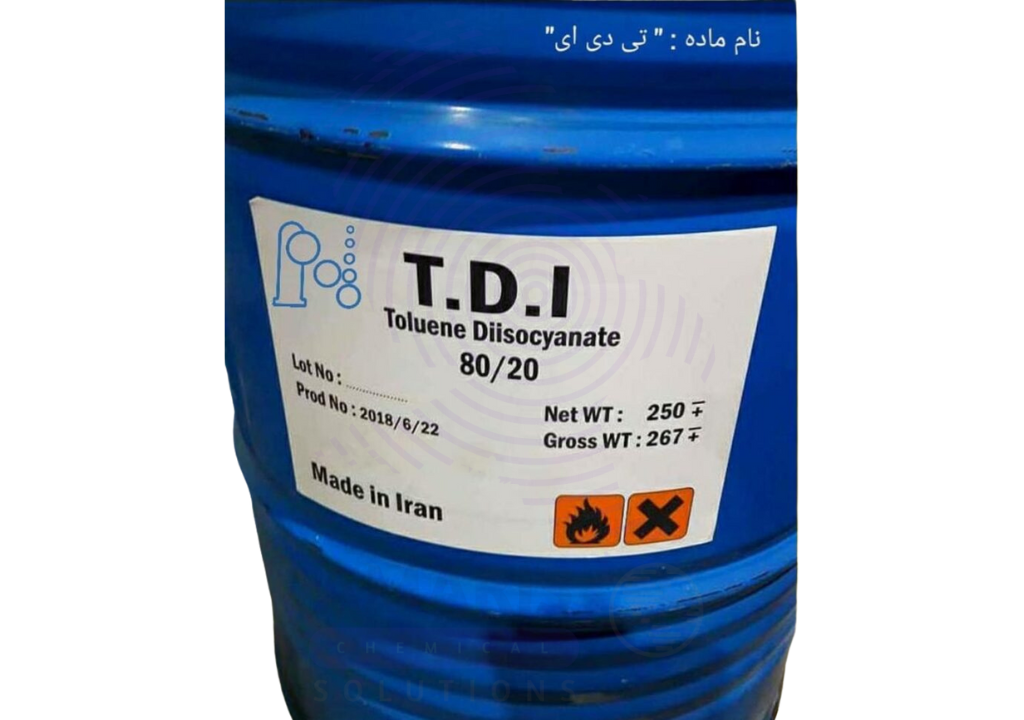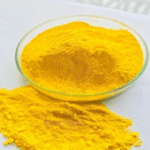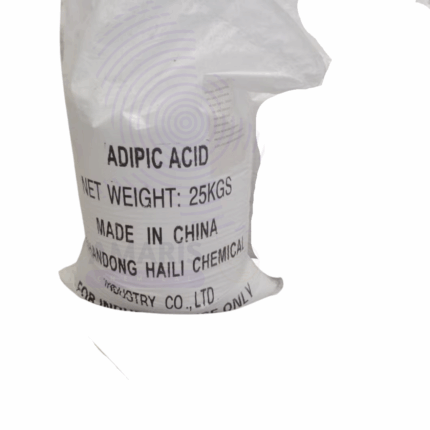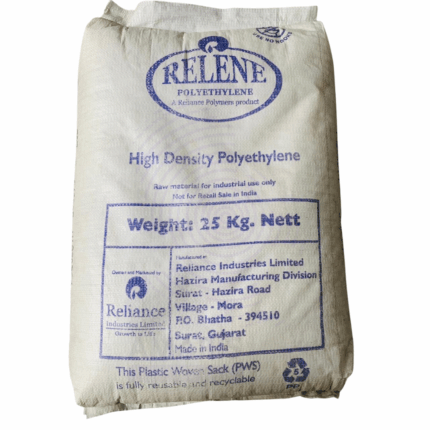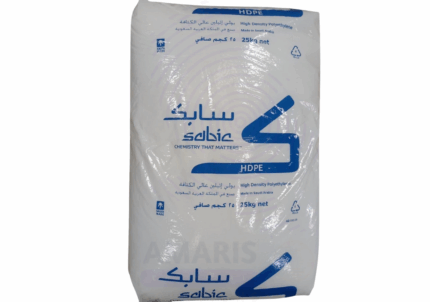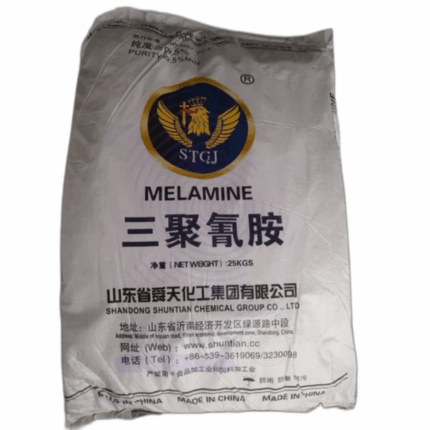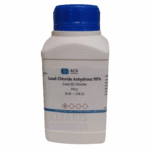
Lead Chloride Anhydrous Extra Pure
$ 16.85 Original price was: $ 16.85.$ 16.76Current price is: $ 16.76.
Toluene Diisocyanate
Whatsapp Order
Toluene Diisocyanate is a highly reactive chemical compound primarily used as a key raw material in the production of polyurethane foams. It is a colorless to pale yellow liquid with a pungent odor and is valued for its ability to react with polyols to form flexible and rigid polyurethane products. TDI’s versatility makes it indispensable in industries like furniture, automotive, insulation, and coatings.
Category: Monomers
Tags: Aromatic Diisocyanate, Chemical Intermediate, Polyurethane Raw Material, TDI, Toluene Diisocyanate
Description
Table of Contents
Toggle
Toluene Diisocyanate
Primary Uses
- Polyurethane Industry
- Flexible Foam Production: Used extensively to manufacture flexible polyurethane foams for furniture, mattresses, automotive seating, and packaging.
- Rigid Foam Production: Applied in producing rigid polyurethane foams used for insulation panels and structural components.
- Elastomers & Coatings: Raw material for polyurethane elastomers, adhesives, sealants, and coatings with excellent durability and abrasion resistance.
- Chemical Manufacturing
- Polymer Synthesis: Essential intermediate in producing polyurethane polymers and resins.
Secondary Uses
- Sealants and Adhesives
- Specialty Adhesives: Used in manufacturing high-performance adhesives for industrial applications.
- Textile Industry
- Coatings & Binders: Applied as a binder or coating agent in technical textiles and synthetic leather.
KEY PRODUCT FEATURES
1. Basic Identification Attributes
- Chemical Name (IUPAC): 2,4-Toluene diisocyanate (major), 2,6-Toluene diisocyanate (minor)
- Common/Trade Name: TDI
- CAS Number: 26471-62-5 (mixture of isomers)
- HS Code: 2916.32.00
- Synonyms: Tolylene diisocyanate, toluene-2,4-diisocyanate, Toluene-2,6-diisocyanate
2. Physical & Chemical Properties
- Physical State: Colorless to pale yellow liquid
- Color & Odor: Pungent, sharp odor
- Boiling Point: Approx. 127 °C
- Solubility: Slightly soluble in water (hydrolyzes); soluble in organic solvents
- Density: Approx. 1.21 g/cm³
3. Safety & Hazard Attributes
- GHS Classification: Toxic, irritant, respiratory sensitizer
- Toxicity: High toxicity by inhalation and skin contact; potential to cause occupational asthma
- Exposure Limits: Strict occupational exposure limits established (e.g., OSHA PEL: 0.02 ppm)
4. Storage & Handling Attributes
- Storage Conditions: Store in tightly closed containers in a cool, dry, well-ventilated area away from moisture and heat
- Container Type: Steel drums or specialized chemical containers
- Shelf Life: Typically 6–12 months under proper conditions
- Handling Precautions: Use full PPE; avoid inhalation and skin contact; ensure adequate ventilation and use closed systems
5. Regulatory & Compliance Attributes
- Regulated under OSHA, REACH, EPA, and other international chemical safety standards
- Classified as hazardous substance with strict handling and transport regulations
- Complies with UN classification for dangerous goods
6. Environmental & Health Impact
- Biodegradability: Does not readily biodegrade; hydrolyzes in water to less harmful products
- Ecotoxicity: Harmful to aquatic life; avoid environmental release
- Bioaccumulation: Not significant
SAFETY HANDLING PRECAUTIONS
Safety Handling Precautions
- PPE Required: Full protective clothing, gloves, respirators, and eye protection mandatory
- Handling Guidelines: Use in closed systems with proper ventilation; emergency showers and eyewash stations recommended
- Storage Measures: Keep away from moisture and incompatible substances such as alcohols and amines
First Aid Measures
- Inhalation: Move to fresh air immediately; seek urgent medical attention; watch for delayed respiratory effects
- Skin Contact: Remove contaminated clothing; wash affected area thoroughly with soap and water; seek medical help
- Eye Contact: Rinse with plenty of water for at least 15 minutes; seek immediate medical attention
- Ingestion: Do not induce vomiting; seek emergency medical care
Firefighting Measures
- Fire Hazards: Combustible liquid; vapors may form explosive mixtures with air
- Extinguishing Media: Use foam, dry chemical, or CO₂ extinguishers; avoid water jets
- Hazardous Combustion Products: Carbon oxides, nitrogen oxides, and toxic isocyanate vapors
Related products
Adipic Acid
$ 3.20
HDPE Blow HDB5502
HDPE Blow HDB5502 is a high-density polyethylene resin specifically formulated for blow molding applications. It is a semi-crystalline thermoplastic polymer characterized by excellent strength-to-density ratio, high chemical resistance, and superior processability in blow molding equipment. This grade exhibits high stiffness, good environmental stress crack resistance (ESCR), and excellent impact resistance, making it ideal for manufacturing durable hollow containers and complex-shaped products. The resin is supplied as granular pellets with consistent melt flow and homogeneity, optimized for efficient molding cycles and high throughput.
HDPE pipe HS CRP 100- PE 100 (black water pipe)
HDPE pipe HS CRP 100- PE 100 (black water pipe) is a high-density polyethylene (HDPE) pipe grade resin specially designed for the manufacture of high-performance pressure pipes. This grade corresponds to PE 100 classification, meaning it has enhanced strength and durability characteristics suitable for high-pressure applications. The resin exhibits excellent resistance to slow crack growth, outstanding chemical resistance, and superior impact strength even at low temperatures. HDPE PE 100 pipe is widely used in demanding infrastructure, water supply, gas distribution, and industrial piping systems due to its long service life, flexibility, and corrosion resistance.
LLDPE film Opalene F20015
LLDPE film Opalene F20015 is a high-quality linear low-density polyethylene (LLDPE) film known for its excellent clarity, toughness, and flexibility. It is produced using linear low-density polyethylene resin, offering superior mechanical properties and puncture resistance compared to conventional low-density polyethylene films. Opalene F20015 is widely used in packaging applications where strength, transparency, and sealability are critical. Its balanced properties make it suitable for various industrial and consumer packaging needs.
Melamine
Melamine is an organic compound widely used as a raw material in the production of melamine-formaldehyde resins, laminates, adhesives, coatings, and flame retardants. It offers excellent hardness, thermal stability, and chemical resistance. Supplied in 25kg bags, melamine is a white crystalline powder with high nitrogen content, making it a valuable additive in plastics, construction materials, and surface treatments.
Polyvinyl Chloride Tubing
Polyvinyl Chloride Tubing is a flexible, durable tube made from polyvinyl chloride (PVC), commonly used in laboratories for the safe and efficient transfer of gases, liquids, and chemicals. It features excellent chemical resistance, good mechanical strength, and flexibility, making it ideal for a wide range of laboratory applications including fluid transfer, vacuum lines, and connection of various lab apparatus. PVC Tubing is transparent or translucent to allow visual monitoring of fluid flow and is resistant to abrasion, corrosion, and weathering. It is available in various diameters and thicknesses to suit different laboratory requirements.
Propylene PP Non Woven RH 38
Propylene PP Non Woven RH 38 is a polypropylene-based non-woven fabric known for its strength, durability, and lightweight properties. Manufactured through a process that binds polypropylene fibers without weaving, it results in a fabric that is breathable, resistant to chemicals and moisture, and highly versatile. This product is widely used in various industrial, medical, and consumer applications where disposable or reusable fabric is needed.
PVC K67
PVC K67 is a general-purpose polyvinyl chloride resin with a K-value of 67, indicating a medium molecular weight suitable for rigid applications. It is a white, free-flowing powder commonly used in the production of rigid PVC products such as pipes, fittings, profiles, and sheets. PVC K67 offers excellent processability, good mechanical strength, chemical resistance, and dimensional stability, making it ideal for a wide range of industrial and construction applications.


 Preservatives(food)
Preservatives(food) Flavor Enhancers
Flavor Enhancers Acidulants
Acidulants Sweeteners
Sweeteners Antioxidants
Antioxidants Colorants(food)
Colorants(food) Nutraceutical Ingredients (food)
Nutraceutical Ingredients (food) Nutrient Supplements
Nutrient Supplements Emulsifiers
Emulsifiers
 Collectors
Collectors Dust Suppressants
Dust Suppressants Explosives and Blasting Agents
Explosives and Blasting Agents Flocculants and Coagulants
Flocculants and Coagulants Frothers
Frothers Leaching Agents
Leaching Agents pH Modifiers
pH Modifiers Precious Metal Extraction Agents
Precious Metal Extraction Agents
 Antioxidants(plastic)
Antioxidants(plastic) Colorants (Pigments, Dyes)
Colorants (Pigments, Dyes) Fillers and Reinforcements
Fillers and Reinforcements Flame Retardants
Flame Retardants Monomers
Monomers Plasticizers
Plasticizers Polymerization Initiators
Polymerization Initiators Stabilizers (UV, Heat)
Stabilizers (UV, Heat)
 Antifoaming Agents
Antifoaming Agents Chelating Agents
Chelating Agents Coagulants and Flocculants
Coagulants and Flocculants Corrosion Inhibitors
Corrosion Inhibitors Disinfectants and Biocides
Disinfectants and Biocides Oxidizing Agents
Oxidizing Agents pH Adjusters
pH Adjusters Scale Inhibitors( water)
Scale Inhibitors( water)
 Antioxidants(cosmetic)
Antioxidants(cosmetic) Emollients
Emollients Fragrances and Essential Oils
Fragrances and Essential Oils Humectants
Humectants Preservatives
Preservatives Surfactants(cosmetic)
Surfactants(cosmetic) Thickeners
Thickeners UV Filters
UV Filters
 Fertilizers
Fertilizers Soil Conditioners
Soil Conditioners Plant Growth Regulators
Plant Growth Regulators Animal Feed Additives
Animal Feed Additives Biostimulants
Biostimulants Pesticides (Herbicides, Insecticides, Fungicides)
Pesticides (Herbicides, Insecticides, Fungicides)
 Active Pharmaceutical Ingredients (APIs)
Active Pharmaceutical Ingredients (APIs) Excipients
Excipients Solvents(pharmaceutical)
Solvents(pharmaceutical) Antibiotics
Antibiotics Antiseptics and Disinfectants
Antiseptics and Disinfectants Vaccine Adjuvants
Vaccine Adjuvants Nutraceutical Ingredients (pharmaceutical)
Nutraceutical Ingredients (pharmaceutical) Analgesics & Antipyretics
Analgesics & Antipyretics
 Analytical Reagents
Analytical Reagents Solvents(lab)
Solvents(lab) Chromatography Chemicals
Chromatography Chemicals Spectroscopy Reagents
Spectroscopy Reagents microbiology-and-cell-culture-reagents
microbiology-and-cell-culture-reagents Molecular Biology Reagents
Molecular Biology Reagents Biochemical Reagents
Biochemical Reagents Inorganic and Organic Standards
Inorganic and Organic Standards Laboratory Safety Chemicals
Laboratory Safety Chemicals Specialty Laboratory Chemicals(Special Laboratory Equipment)
Specialty Laboratory Chemicals(Special Laboratory Equipment)
 Demulsifiers
Demulsifiers Hydraulic Fracturing Fluids
Hydraulic Fracturing Fluids Scale Inhibitors(oil)
Scale Inhibitors(oil) Surfactants(oil)
Surfactants(oil) Drilling Fluids
Drilling Fluids
 Dyes and Pigments
Dyes and Pigments Bleaching Agents
Bleaching Agents Softening Agents
Softening Agents Finishing Agents
Finishing Agents Antistatic Agents
Antistatic Agents
 Admixtures
Admixtures Waterproofing Agents
Waterproofing Agents Sealants and Adhesives
Sealants and Adhesives Curing Compounds
Curing Compounds Concrete Repair Chemicals
Concrete Repair Chemicals Anti-Corrosion Coatings
Anti-Corrosion Coatings
 Surfactants(cleaning)
Surfactants(cleaning) Builders
Builders Enzymes
Enzymes Solvents (Cleaning)
Solvents (Cleaning) Fragrances
Fragrances
 Electronic Chemicals
Electronic Chemicals Catalysts
Catalysts Lubricants
Lubricants Photographic Chemicals
Photographic Chemicals Refrigerants
Refrigerants Automotive chemicals
Automotive chemicals Pyrotechnic Chemicals
Pyrotechnic Chemicals
 Biodegradable Surfactants
Biodegradable Surfactants Bio-based Solvents
Bio-based Solvents Renewable Polymers
Renewable Polymers Carbon Capture Chemicals
Carbon Capture Chemicals Wastewater Treatment Chemicals
Wastewater Treatment Chemicals
 Pigments
Pigments Solvents(paint)
Solvents(paint) Specialty Coatings
Specialty Coatings Binders/Resins
Binders/Resins Additives
Additives Driers
Driers Anti-Corrosion Agents
Anti-Corrosion Agents Functional Coatings
Functional Coatings Application-Specific Coatings
Application-Specific Coatings
 Fresh Herbs
Fresh Herbs Ground Spices
Ground Spices Whole Spices
Whole Spices Spice Blends
Spice Blends Dried Herbs
Dried Herbs
 Leavening Agents
Leavening Agents Dough Conditioners
Dough Conditioners Flour Treatments
Flour Treatments Fat Replacers
Fat Replacers Decoratives
Decoratives Preservatives(baking)
Preservatives(baking)
 Plasticizers & Softeners
Plasticizers & Softeners Reinforcing Agents
Reinforcing Agents Adhesion Promoters
Adhesion Promoters Vulcanizing Agents
Vulcanizing Agents Antidegradants
Antidegradants Blowing Agents
Blowing Agents Fillers & Extenders
Fillers & Extenders Accelerators & Retarders
Accelerators & Retarders